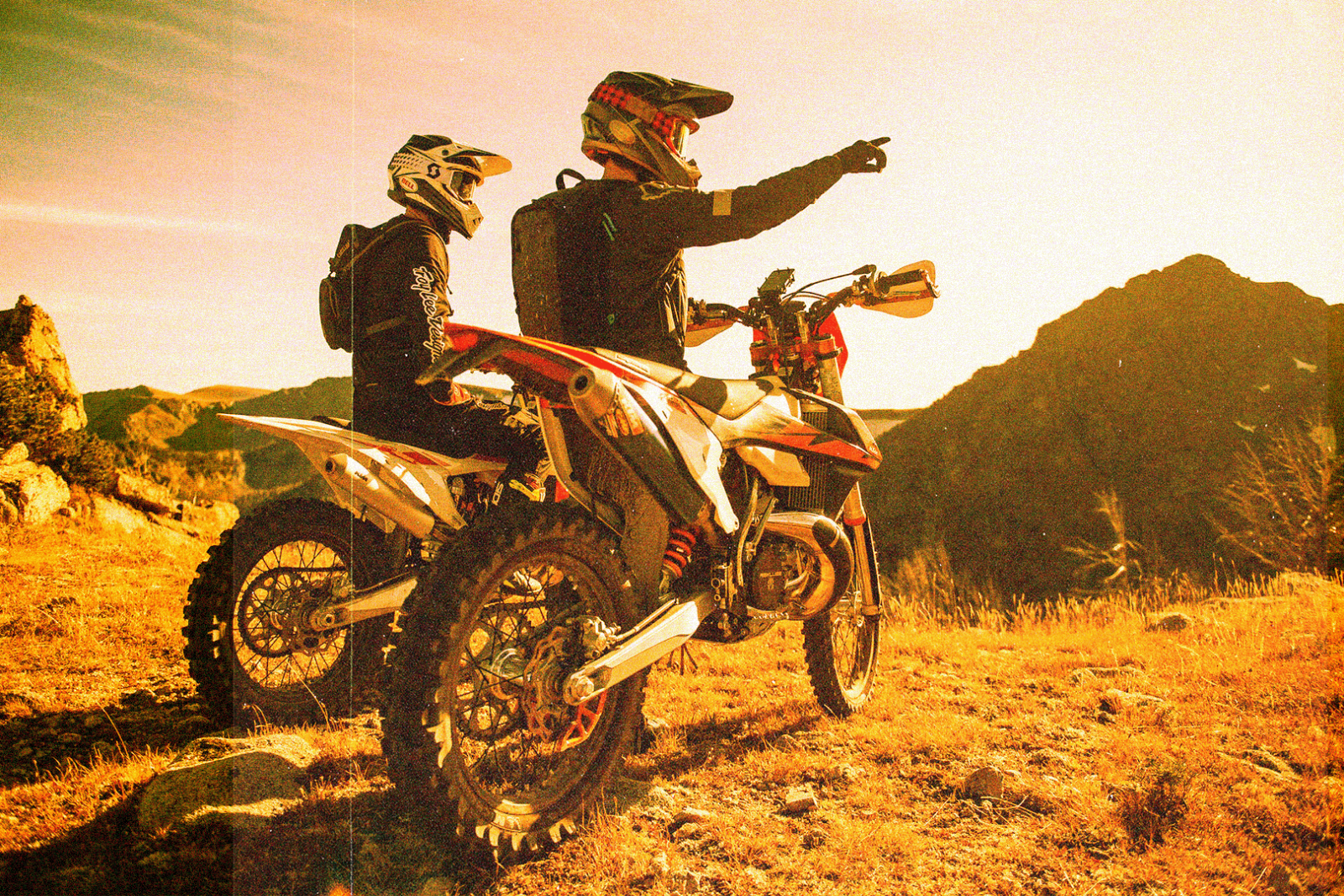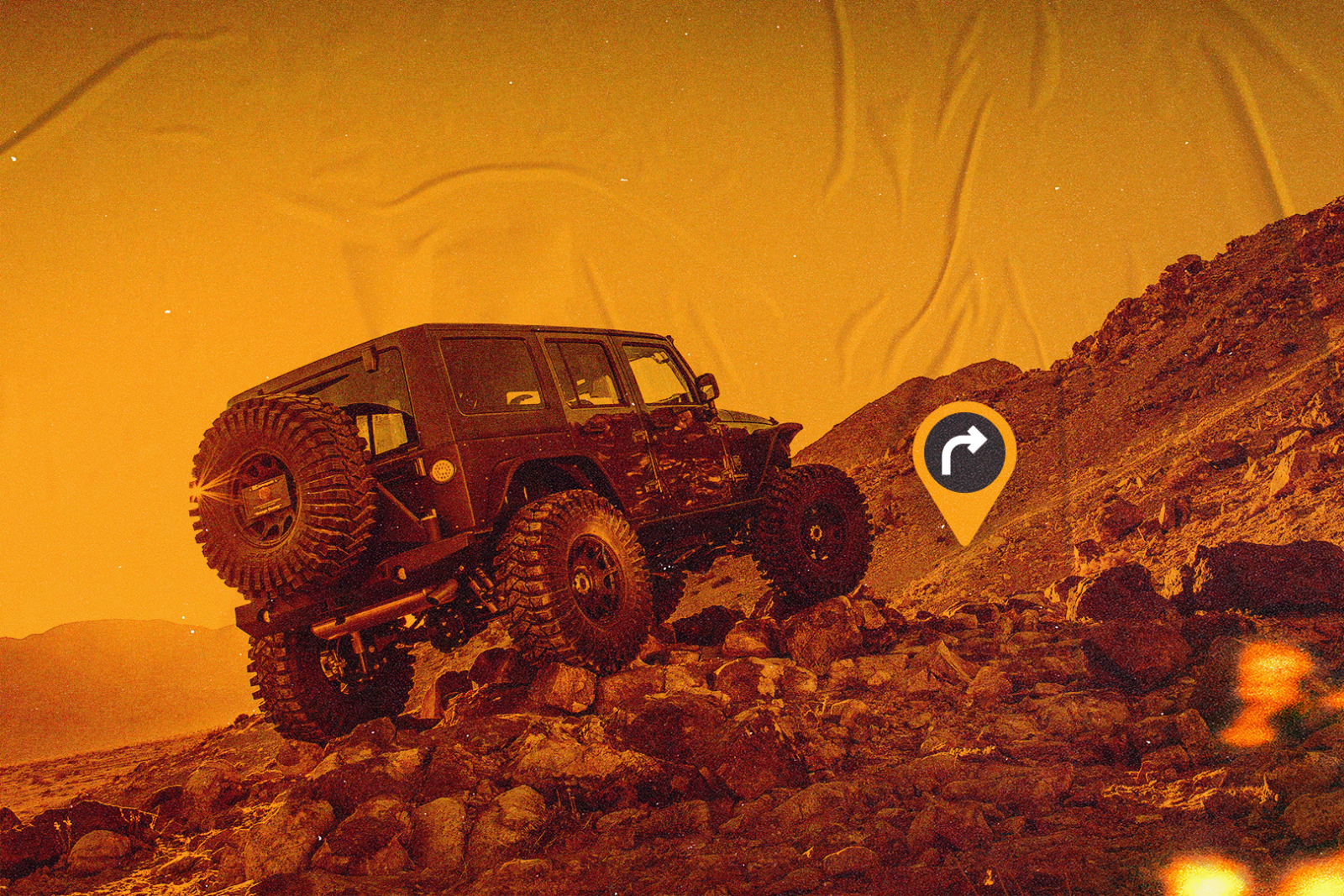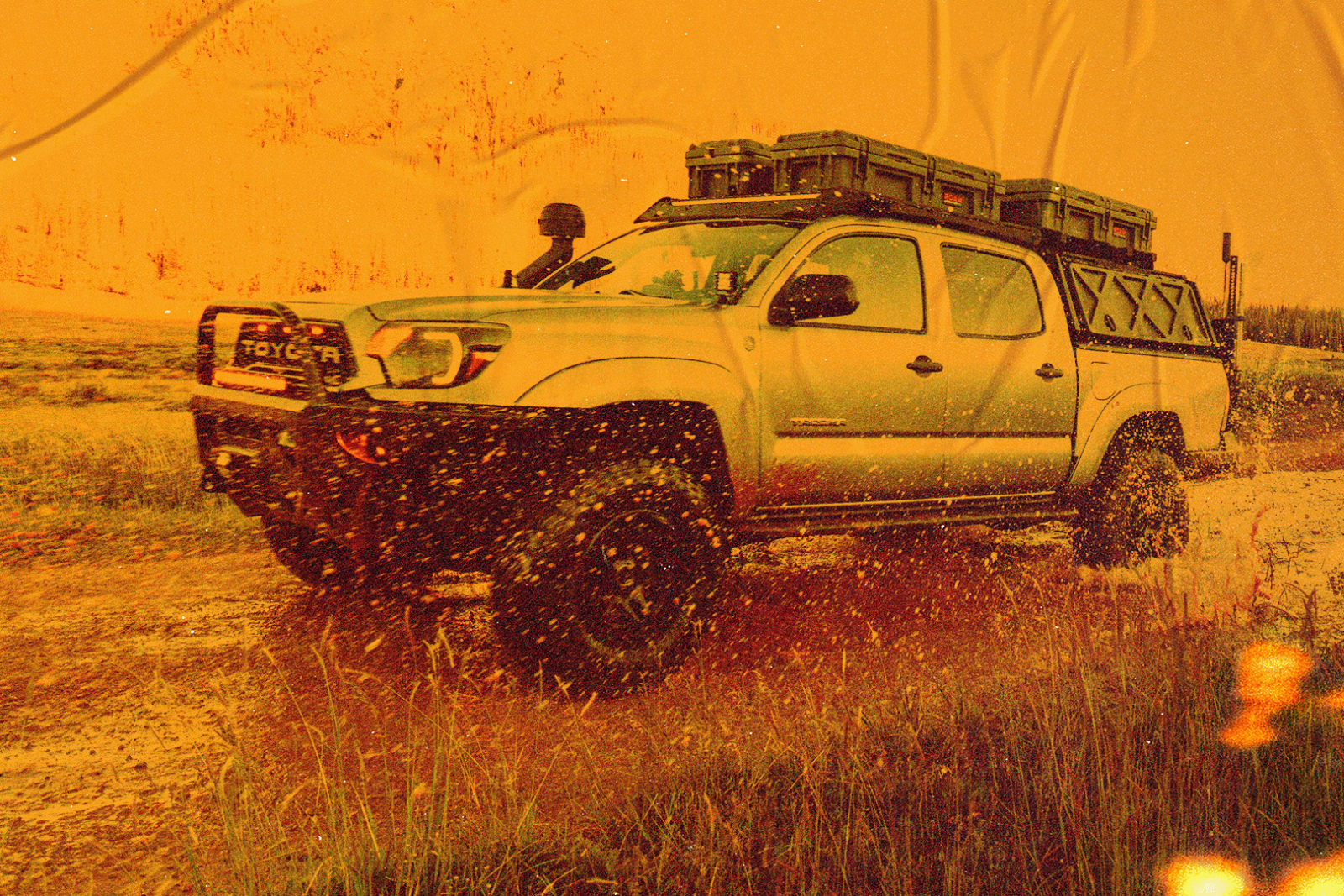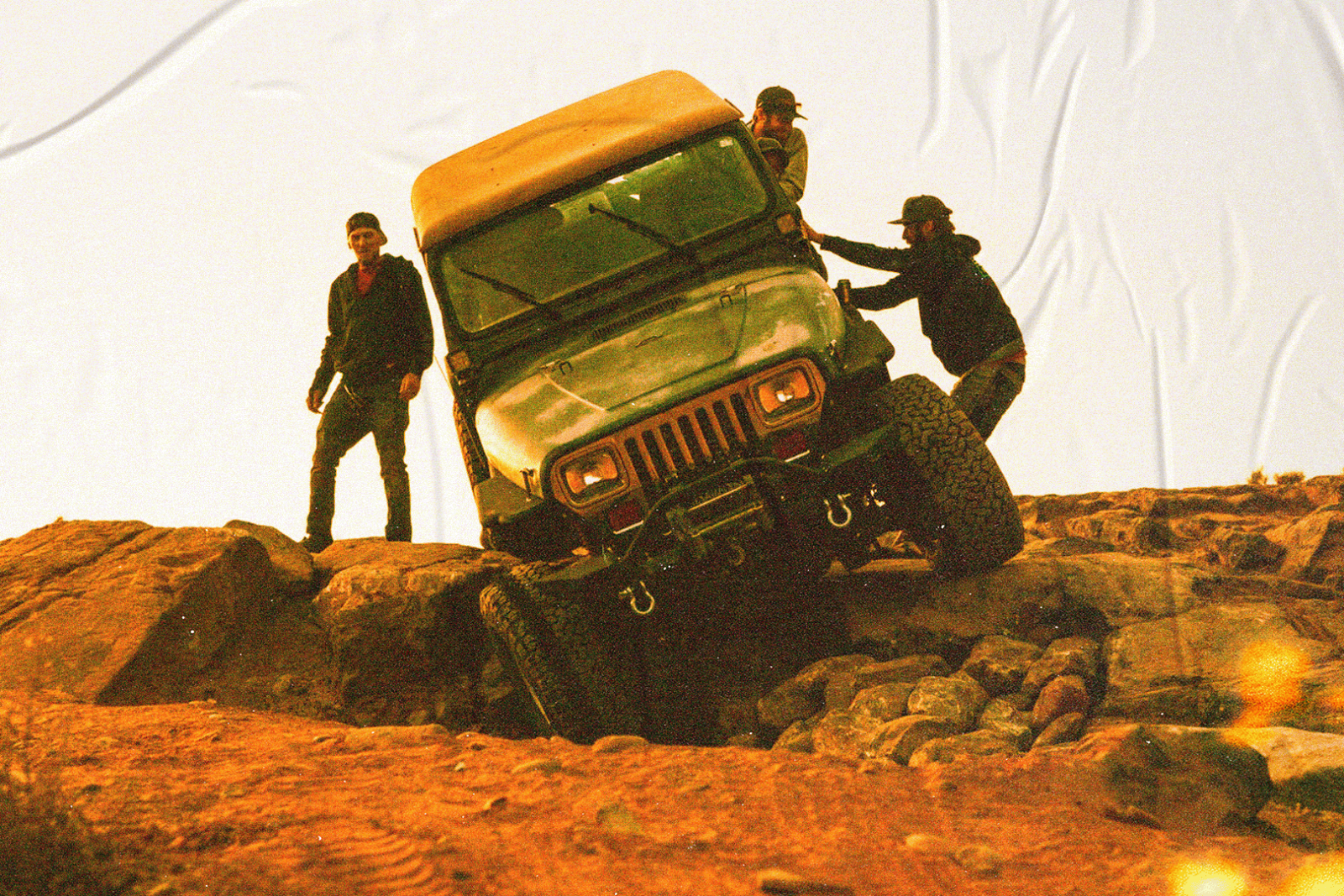Trails for Tomorrow: Rippin’ Responsibly
An off-roader’s reality is that we drive heavy, powerful machines way out into the far depths of our lands, which can cause trails to degrade over time. We’re here to encourage you to go farther responsibly by minimizing these impacts and protecting the health of our trails.
Off-roading can be extremely low impact if conditions are optimal and a few good rules are followed. Tune in for some tips and tricks on how to drive with low impact. We have a hunch you do many of these things already, but now you can be more informed and proud to do so.

 Stay on the Trail
Stay on the Trail
Seems like a no-brainer, right? Yet we’ve all seen those sections of trail that are widened or trampled.
There are a variety of reasons this happens. Trails can widen over time as off-roaders avoid obstacles or muddy sections on the trail. Sometimes, new short connector trails get created to cut corners and even pulling off the trail on non-durable surfaces to stop for a photo moment or to let others pass can lead to massive widening of the trail over time.
WHAT TO DO:
- Research the trail ahead of time to ensure confidence that your rig is capable of the difficulty rating, so you don’t need to drive around obstacles.
- When adventuring on narrow trails, keep your sights as far ahead as possible for passing zones, note which ones you pass in case you must backup, and consider sending a spotter ahead to check for ongoing vehicles.
- Always drive, park, and camp on durable surfaces, like rocks and hard-packed trails.
- If a trail is too muddy or difficult, choose another trail to run instead.

 Avoid Trail Erosion
Avoid Trail Erosion
Not all trails, soils, and habitats are created equal in durability. Some are much more prone to erosion than others, so it’s important we pay attention to where we’re treading.
Avoid sensitive areas like soft and sandy soils, muddy areas, wetlands, stream beds, and lake shores. The erosion caused by driving on sensitive areas can be a catalyst for even further degradation from wind and water. Keeping the ecosystem intact helps maintain trails for the long haul and supports the preservation of wildlife habitat as an added bonus.
WHAT TO DO:
- To avoid degradation of these erosion prone areas, always stay on designated routes, go slow, and tread lightly on these sensitive spots.
 Air Down on Technical Terrain
Air Down on Technical Terrain
Airing down your tires is a pro move not only for epic traction, but for protecting our trails as well.
Tires with lower pressure create flotation and increase grip, which helps limit accidental tire spin that can rip up the trails and cause erosion. Plus, your rig and your body will thank you for a smoother ride. Win-win!
WHAT TO DO:
- Different trail conditions, vehicle types, vehicle weights, and tire sizes require different air-down optimizations. As a general guideline, we recommend you air down your 4×4 to approximately 18-25 psi, but find what works for you based on the trip ahead.

 How to Handle Mud
How to Handle Mud
Muddy trails are real and sometimes unavoidable.
These conditions can be super fun and tempting to splash through, we know—but it’s important to remember that mud is simply wet soil, and the more you displace with your tires, the more you degrade the health and stability of the trail itself. The mud is fun, but is the dried-out, gutted, ruined trail fair to pass on to the next adventurer? Mud holes don’t last forever.
WHAT TO DO:
- Don’t go around the mud pit, the best way is indeed through it.
- Speed is everything, and less is more. Slow your roll, hold your traction, and crawl your way through it.
- Mud splatters on your roof are cool… but maybe actually not that cool.

 Drop it in 4-Wheel
Drop it in 4-Wheel
We bought vehicles with 4-wheel drive for a reason and we should proudly use it, even during those times when we think we may not need it.
By engaging both axles, traction and control improves, preventing holes, ruts, and wash-boarded trails.
WHAT TO DO:
- Put ‘er in 4x, even when you think you can make it in two-wheel drive.
- Watch your speed, especially on the inclines.
Pro Tip:
“If you find that you are having an issue tackling an obstacle. Do not try to make or take an illegal bypass. Back up, and reassess the obstacle and try a better line. If all else fails, winch over it. There is no shame in preserving our trail access by staying the trail.”
– Erin Borel, User Acquisition Manager – onX Offroad
A few simple, collective actions go a long way in protecting our trails.
If we each commit to paying a bit more attention and considering how to Tread Lightly! while we’re out there, we can off-road with a lower impact and a higher likelihood of conserving access for years to come. Go Farther, Go Forever.
Thanks to our friends at Tread Lightly! for setting the standard for responsible recreation. Join today!
